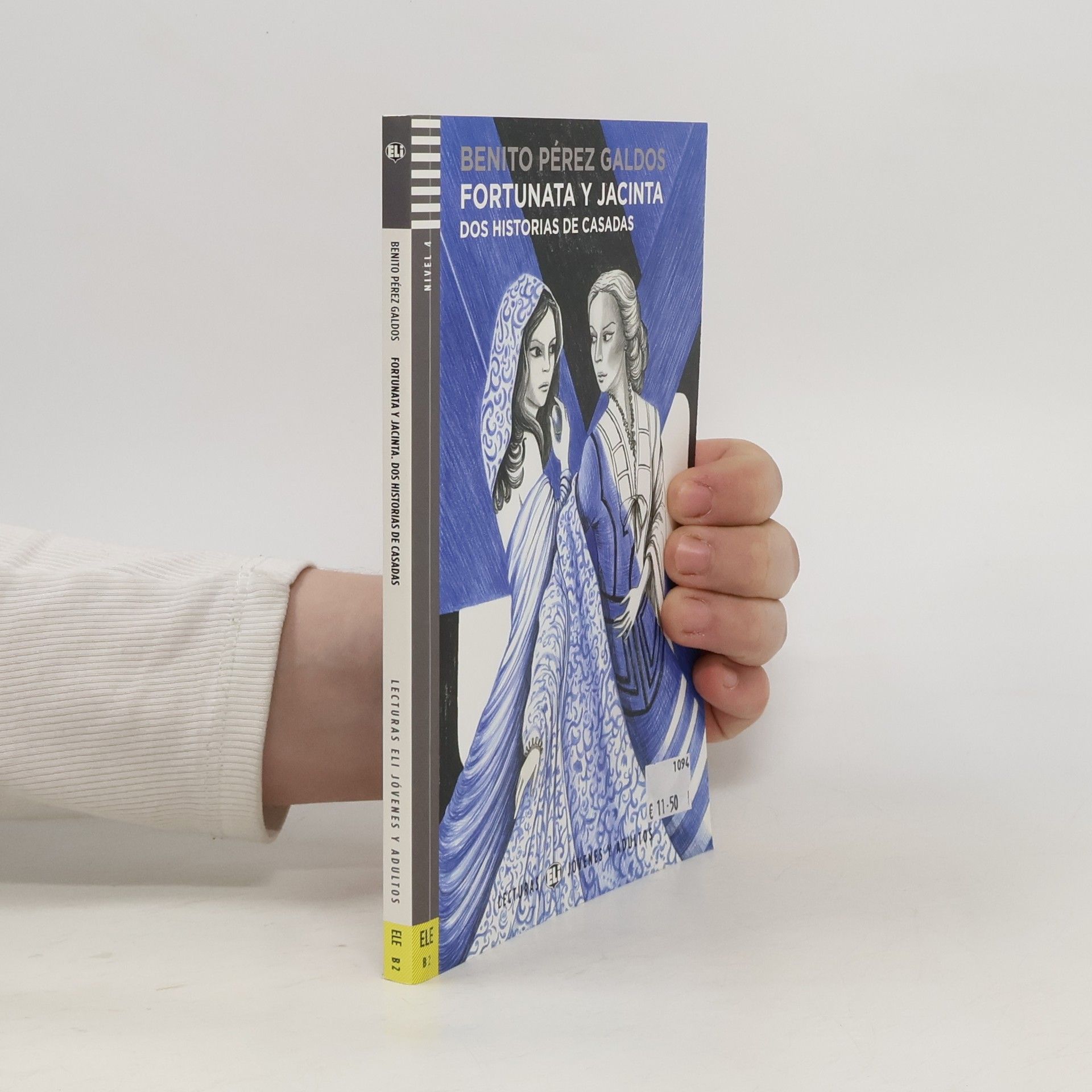Marianela
- 152 pages
- 6 hours of reading
Set in the fictional town of Socartes, the novel explores the themes of love and beauty through the relationship between Marianela, a young orphan, and the blind Pablo, who is enchanted by her singing. Their pure love faces challenges when Pablo's father hires a doctor to restore his son's sight, jeopardizing their bond. As societal ideals of beauty come into play, the story questions the true essence of love. This classic work by Benito Pérez Galdós has been adapted for various media, showcasing its enduring relevance.




